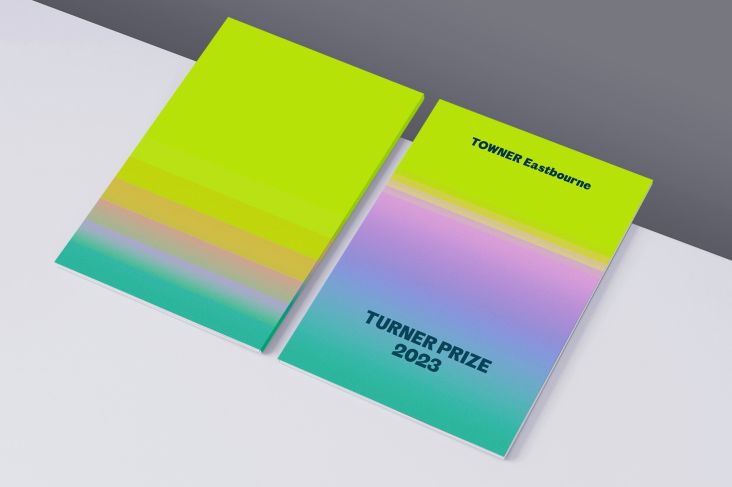Fredrik Stormby on why Eurovision 2024 will look like nothing you've seen before
We chat with lighting and screen content designer Fredrik Stormby from Green Wall Designs about his plans for this year's song contest.
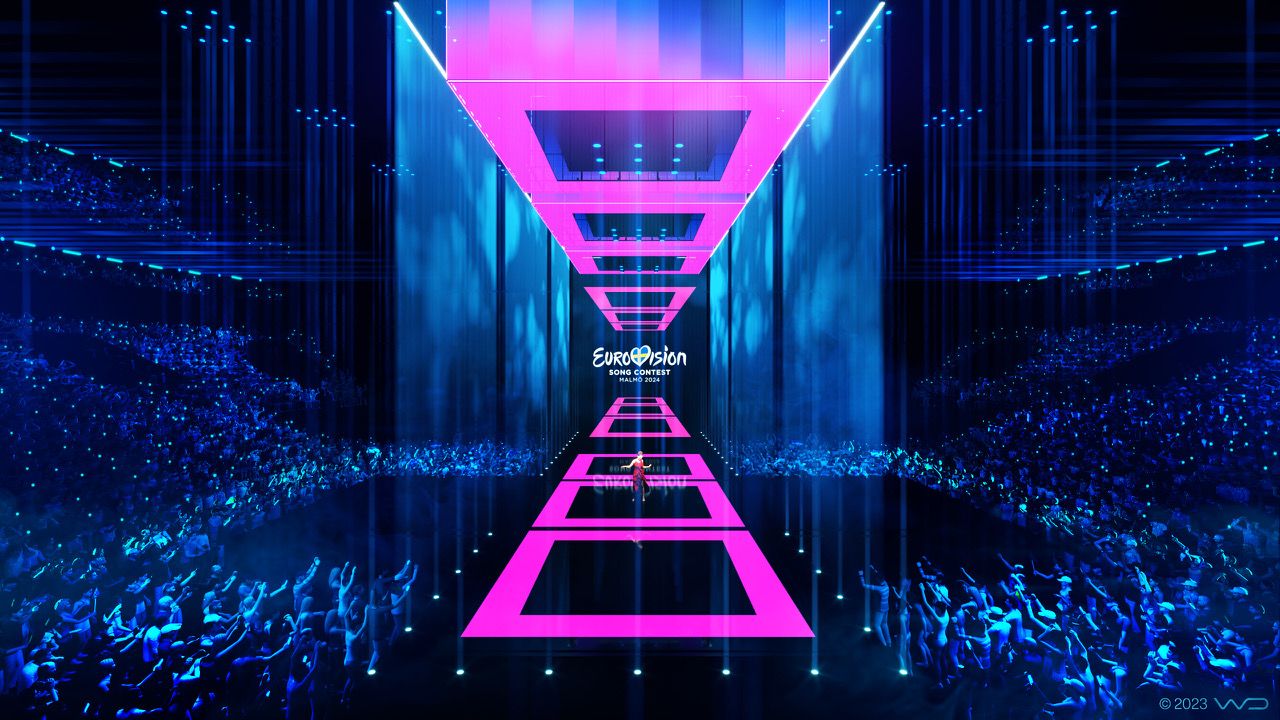
The 2024 Eurovision Song Contest takes place this year in Malmö, Sweden on Saturday 11 May. And while that's a long way off, we're already getting excited. That's because the stage and the creative team behind the event have just been revealed, and it promises to look like nothing we've seen before.
The set design for the 2024 contest will be a unique 360-degree experience that surrounds the audience and viewers in the Malmö Arena. The stage will be placed in the middle of the audience and shaped like a cross, as movable LED cubes, LED floors, light, video, and stage technology create a kaleidoscope of visual variations around them.
Fredrik Stormby from Green Wall Designs, an innovative, creative studio based in Stockholm, is the lighting and screen content designer for this year's event. He's best known as part of the creative team behind Beyonce's 2023 Renaissance tour, Loreen's winning 2023 Eurovision performance, and ABBA Voyage in London.
Fredrik will join production designer Florian Wieder and the senior production team of the contest to help create, design and deliver a large-scale and spectacular show to a global audience of over 160 million. We caught up with Fredrik to learn more about the design concept for this year's show.
Background and brief
Following Loreen's victory at last year's Eurovision Song Contest, hosted in Liverpool on behalf of 2022 winners Ukraine, Sweden now has the honour of hosting the Eurovision Song Contest for the third time in 11 years.
This in itself is a reason for excitement for Eurovision fans, as Sweden is arguably the nation that best personifies the spirit of the contest, having won a total of six times beginning with ABBA's performance of Waterloo in 1974.
But while the organisers are passionate about giving Europeans a show to remember, they didn't want to stand in the way of the creative team's ideas. "There wasn't really a detailed brief," Fredrik explains. "There were a few value words and some practical details we needed to consider, but creatively, it was very open.
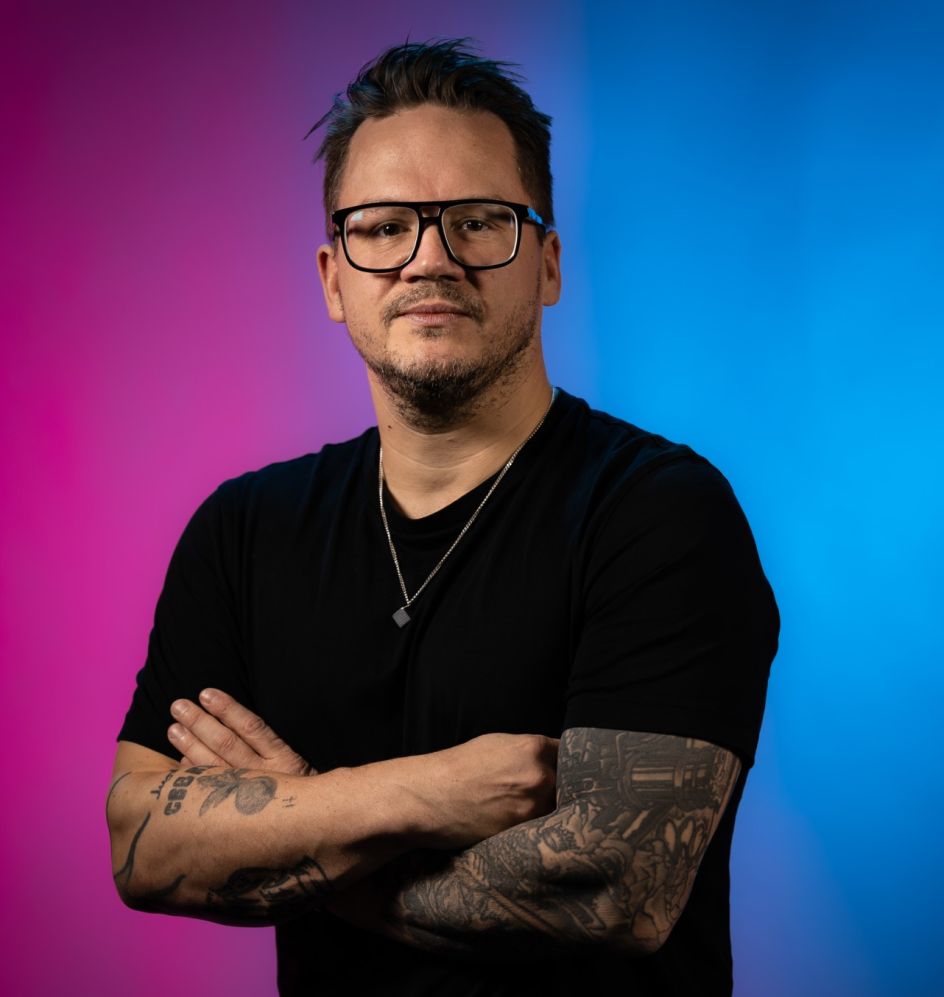
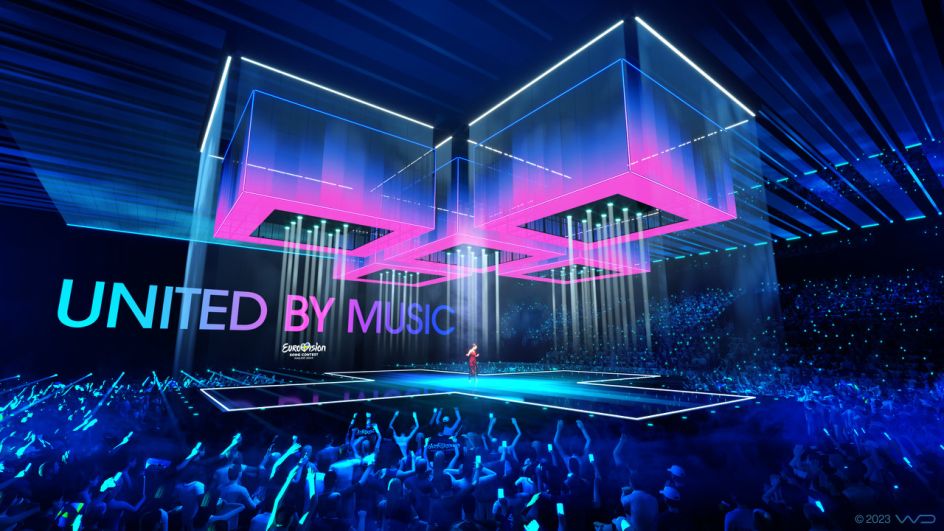
"I did a first design pitch that was quite wide on the overall concept and included ideas about working with lasers and lights in a more architectural manner, using video in slightly different ways and also some grading style ideas for postcards," he continues. "This was before the production designer was selected, so when I first saw Florian Wieders' concept [of a stage in the centre of the audience], it really clicked.
"I think what we have now is a great development of his concept with a dash of my initial ideas and thoughts. I really enjoy the ongoing process of developing this together."
Architectural lines
That process began with Fredrik's initial ideas of using lighting in a more architectural way to define lines and space and control and vary that space throughout the show. He also wanted to work with screen content in a way that did not necessarily always define the full screen but created depth and extended the physical set.
"With Florian's concept both in style and placement of the stage in the room, surrounded by the audience and inspired by the slogan 'United by music' and the Swedish music export industry, we wanted to respectfully challenge the Eurovision concept a bit, and lean the design and experience more towards modern concert touring and show production, rather than a broadcast show," he says. "The design consists of several strong individual elements of scenery, lighting, and video. And with all these combined, we'll be able to achieve a lot of variation."
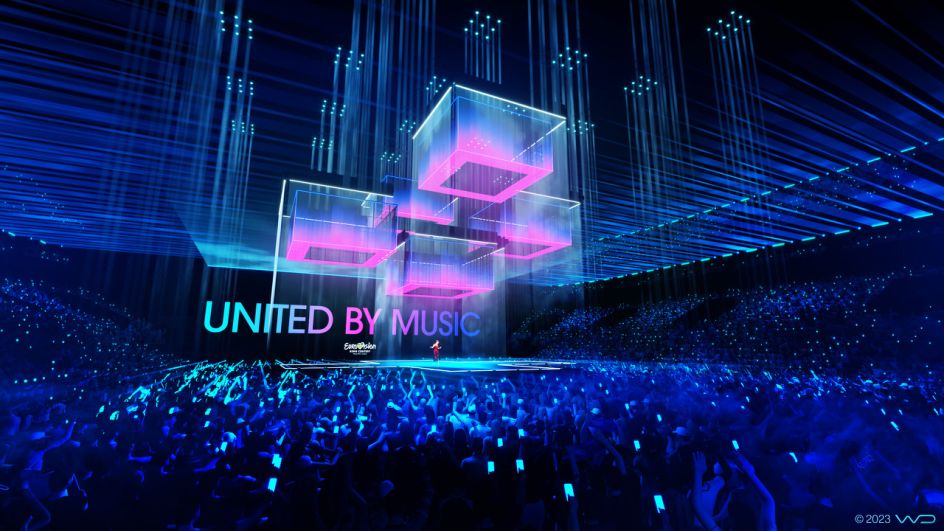
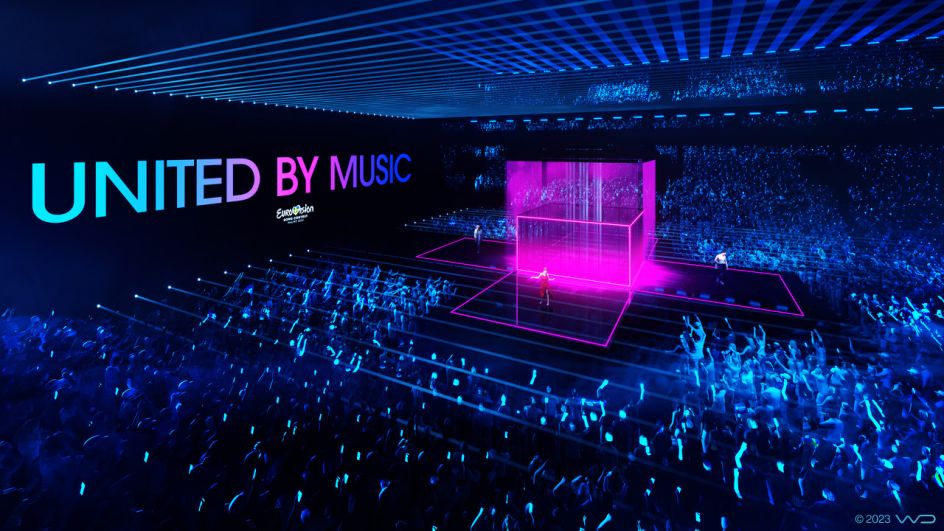
The designs were also inspired by the area of Sweden hosting the event, Fredrik adds. "I actually grew up in Lund, not far from Malmö," he explains. "And even though I haven't lived there for quite a few years now, the region has a special place in my heart.
"I think this part of Sweden and the metropolitan area of Öresund with Malmö, Lund, Helsingborg and Copenhagen has a young and diverse vibe, with cultural influences from all over the world and a strong artistic local scene in terms of arts and music," he continues.
"Growing up ingesting all of that, it's heavily influenced my taste for design, arts and music, and it's something I also carry with me as a part of my personality. I really wanted the show to reflect that, and I'm really happy with how it's now coming together, featuring a modern, vibrant graphics design and a brave but clean staging concept."
Focus on sustainability
One of the most interesting aspects of this year's stage and lighting is that despite looking spectacular, it's been designed with the environment in mind.
"We need to conduct the show with environmental awareness, a focus on sustainability, and conscious choices, both in terms of fixture selection, materials, and technical systems," says Fredrik. "We aim to execute the show only using LED and laser light sources, as they have a lower constant power consumption than discharge bulbs used in previous generations of moving lights."
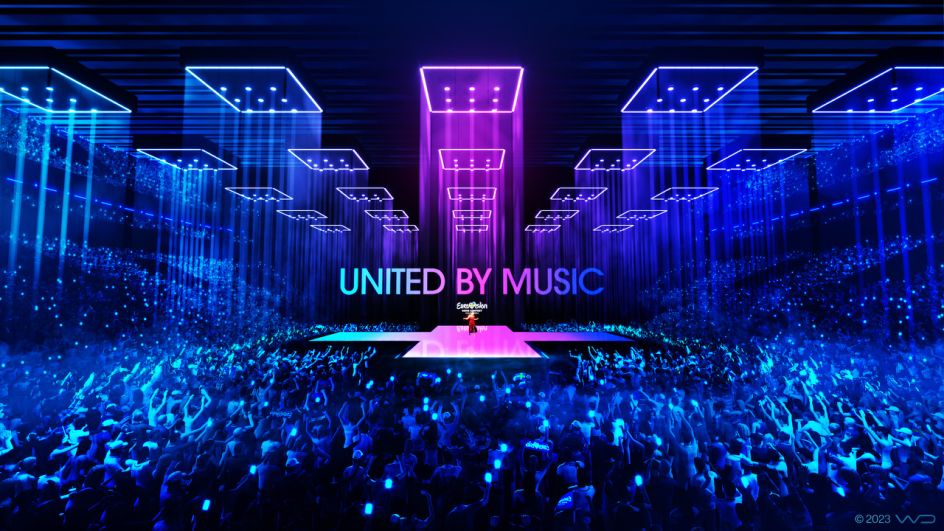
Finally, as this will be a 360-degree experience, we wondered how difficult it will be to present this effectively to a 2D television audience. "It will be a challenge, but it also offers us a lot of possibilities," Fredrik responds. "There's no need to do it the same year after year. Some things might even stick, like the standing audience on the floor. That was a first for Eurovision last time in Malmö 2013."
Further Information
The 68th Eurovision Song Contest will be held in Malmö, Sweden, with the Grand Final of the Contest to be on Saturday 11 May 2024.





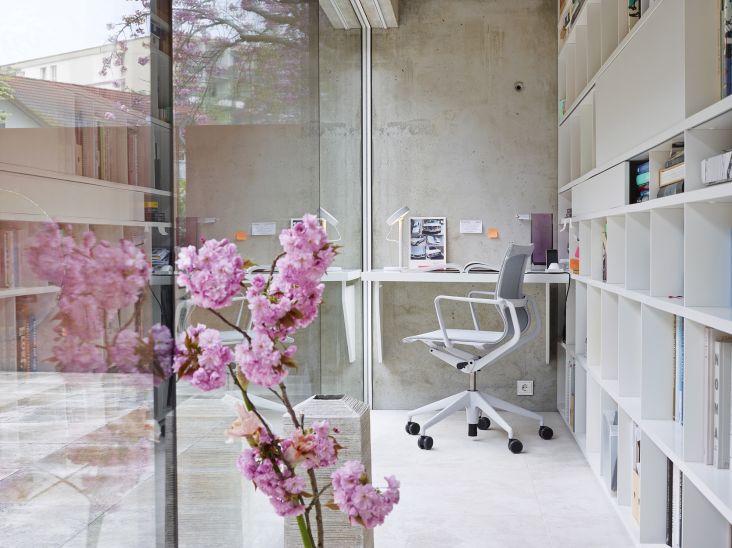
 using <a href="https://www.ohnotype.co/fonts/obviously" target="_blank">Obviously</a> by Oh No Type Co., Art Director, Brand & Creative—Spotify](https://www.creativeboom.com/upload/articles/6e/6ed31eddc26fa563f213fc76d6993dab9231ffe4_732.jpg)
 by Tüpokompanii](https://www.creativeboom.com/upload/articles/58/58684538770fb5b428dc1882f7a732f153500153_732.jpg)







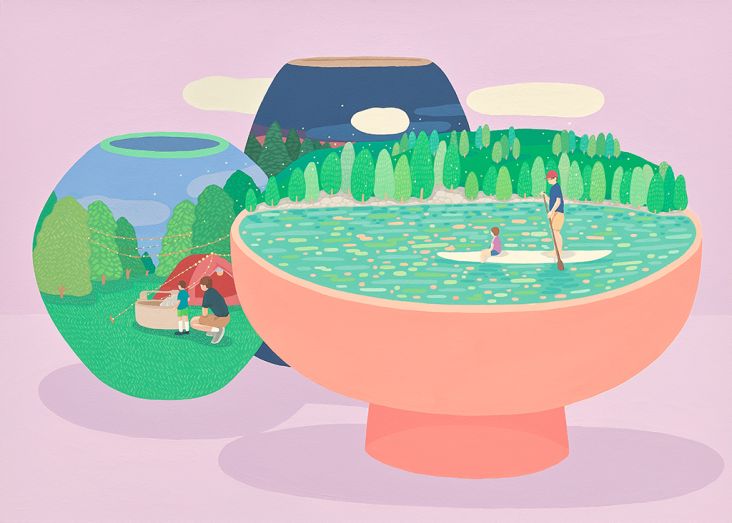
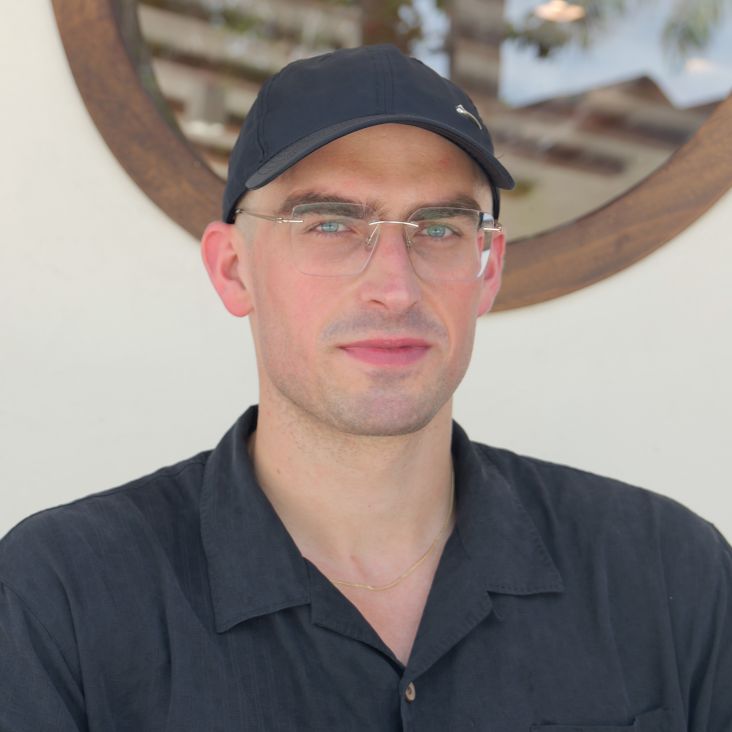
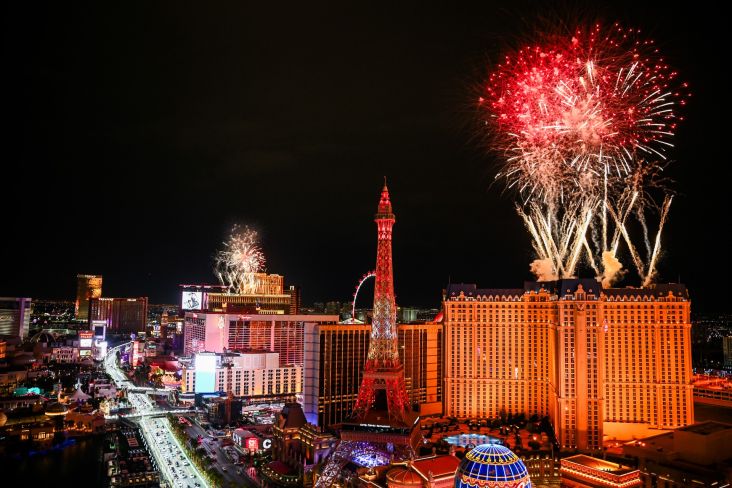
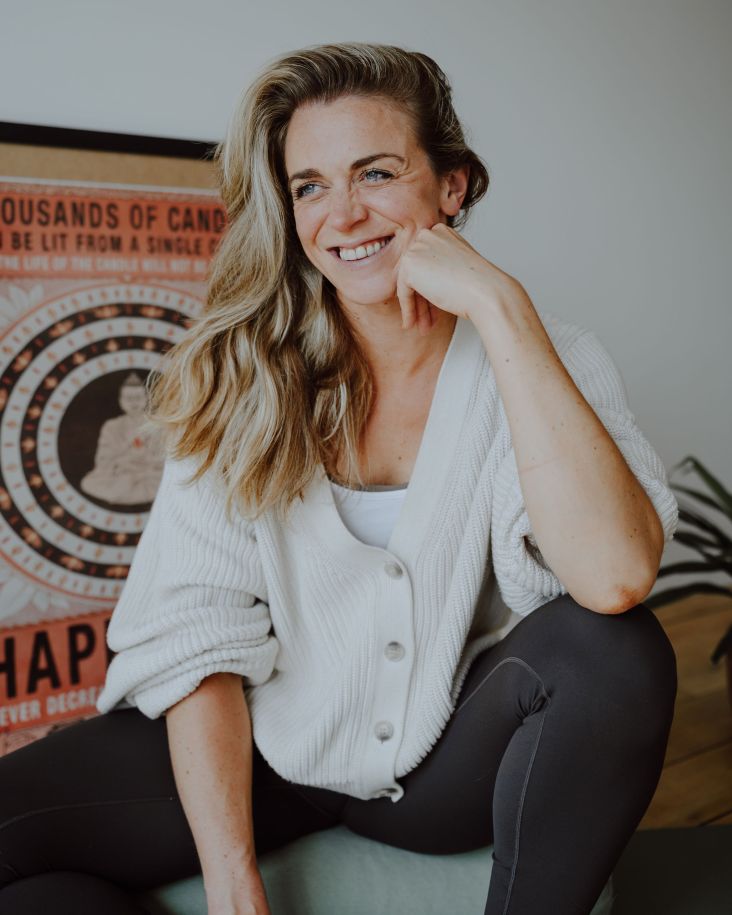
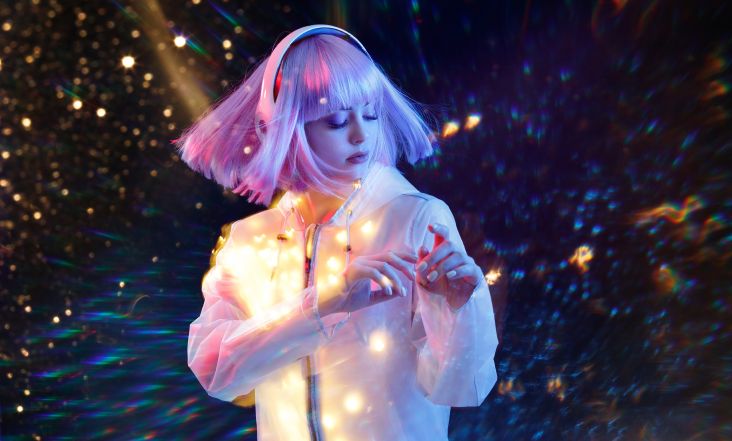
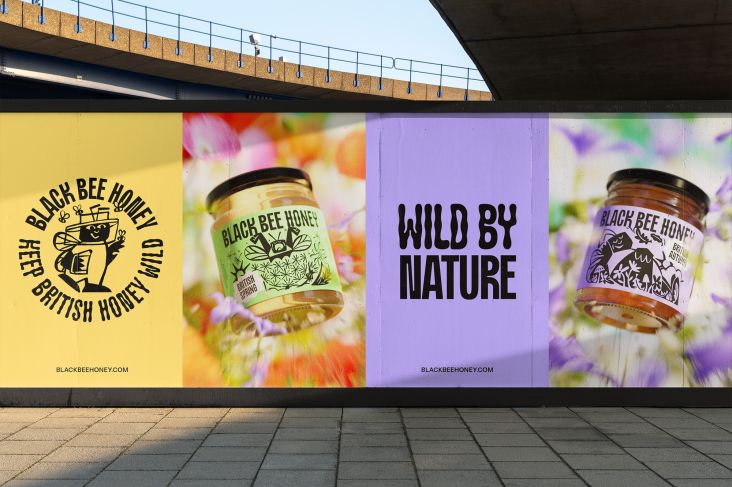
. Image courtesy of the designer.](https://www.creativeboom.com/upload/articles/24/24f4101f925e08ac7e10b45bb22a16936b50f6ee_732.jpg)
